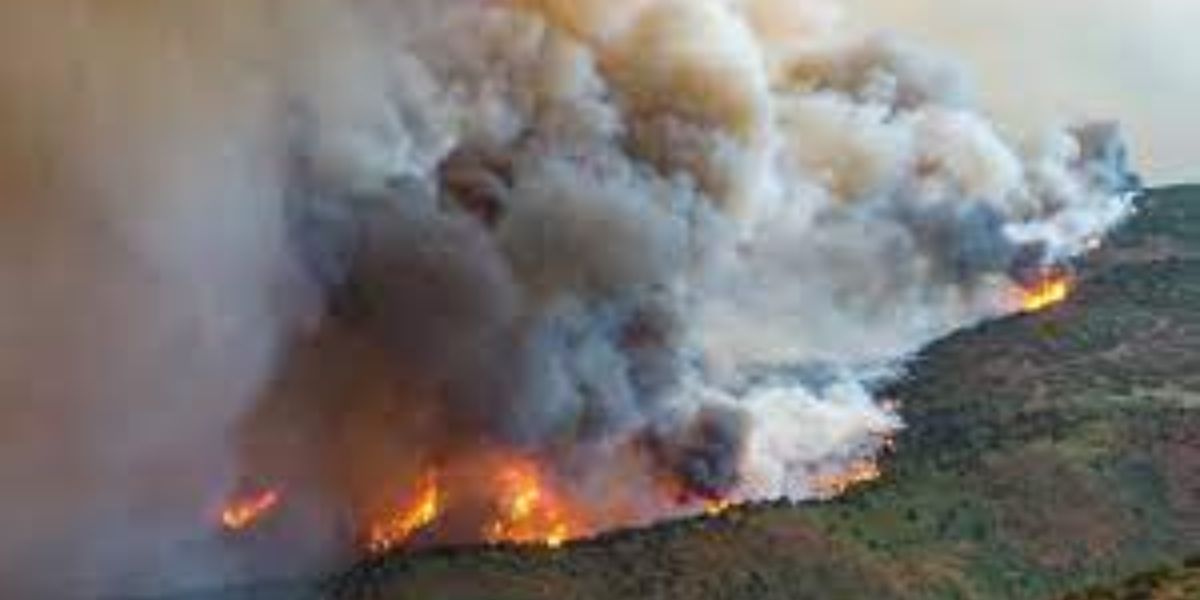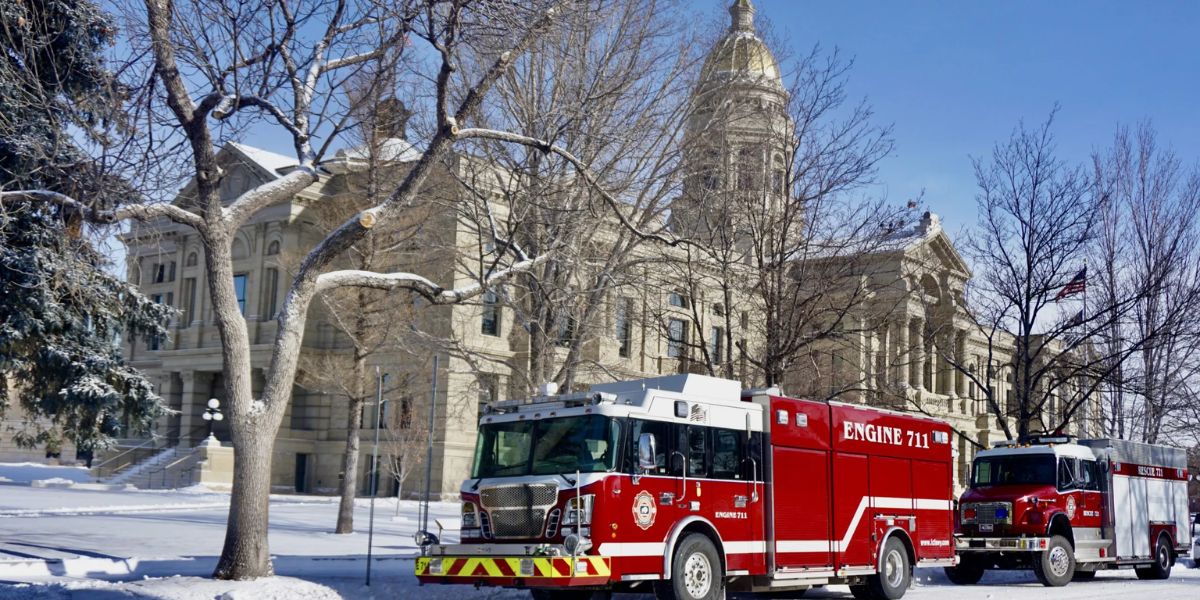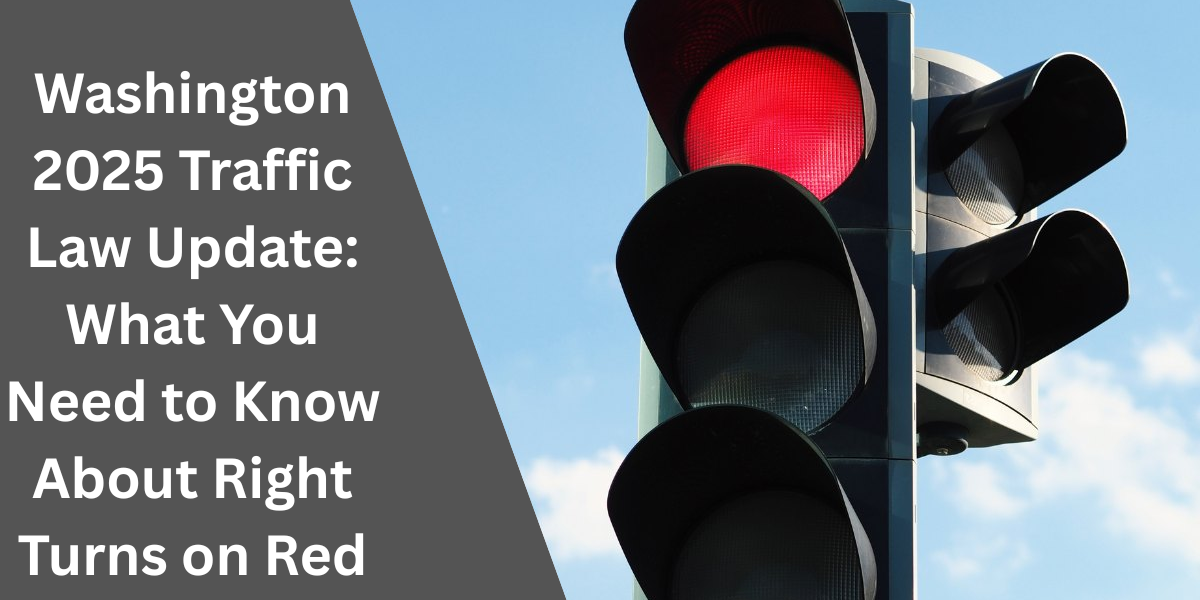When neighbors in Summit County pooled a half-million dollars to clear dead pines and carve out a massive fire break at the edge of the Gore Range, a wooded mountain range in Colorado, they thought they’d done everything right. The project even earned them national recognition for wildfire safety from Firewise USA.
What they didn’t get was a break on their insurance bill.
Across Colorado’s mountain towns, homeowners are pouring time, sweat, and money into wildfire mitigation only to watch their premiums climb anyway. Some communities have seen insurance costs jump more than 1,000% in just a few years, despite spending millions to lower their risk.
Now, Colorado lawmakers say enough is enough. A new law, House Bill 1182, will soon require insurance companies to factor verified wildfire mitigation into how they set risk and rates.
It’s a long-awaited win for homeowners demanding credit for their efforts, but whether it’s enough to slow the state’s runaway insurance costs remains to be seen.
What’s fueling insurance costs
The numbers tell the story: From 2019 to 2022, average homeowners insurance premiums in Colorado climbed more than 52%, according to state regulators. In mountain towns where wildfire risk runs highest, some condo and townhouse communities have been hit even harder, seeing rate hikes of 1,000% or more.
It’s not just local fires pushing prices up. Colorado ranks second in the nation for hail damage claims and third for wildfire risk, making it one of the least profitable states for insurers to cover—right behind Louisiana and Texas. Add in more extreme weather fueled by climate change, and insurers say it’s a perfect storm for rising claims and shrinking margins.
For homeowners, that means paying more each year, even if they’ve done everything possible to safeguard their property. And until now, the industry’s secretive risk models have left many wondering why mitigation work hasn’t translated to real savings.
Why mitigation efforts haven’t mattered
Colorado homeowners aren’t sitting idle while fire risk grows. Across the state, communities have organized fuel breaks, cleared dead trees, and earned designations meant to prove their neighborhoods are safer than before. Many residents have invested thousands more in fire-resistant roofs, window shutters, and defensible space around their homes.
Yet time and again, homeowners say they hit a wall when they ask their insurer for a discount. Some companies don’t recognize national mitigation programs. Others can’t plug local fuel reduction work into their private risk models.
“It was maddening,” Lisa Lewis, a Summit County homeowner whose Firewise-certified community never saw a single dollar shaved off its premiums, told the Aspen Times. County mitigation managers echo that frustration, pointing to risk algorithms that remain a black box.
“There’s no transparency about how the industry is determining wildfire risk,” Eagle County’s mitigation lead Eric Lovgren told the Aspen Times.
For years, that lack of accountability has left homeowners paying more for coverage no matter how well they prepare. House Bill 1182 aims to change that.
How HB 1182 changes the rules
Colorado’s proposed wildfire insurance law sets new guardrails for how insurers must price risk and how much credit homeowners must get for doing their part.
Under House Bill 1182, insurance companies will be legally required to factor in proven wildfire mitigation when setting rates. That means your defensible space, fire-resistant roof, or community fuel break can’t just be ignored in a hidden risk model.
The law also compels insurers to be transparent: They have to clearly disclose any discounts available for mitigation, explain how they calculate a home’s wildfire risk, and provide homeowners with steps to reduce that risk score. If you think your risk rating is unfair, you will gain the right to appeal it.
To keep standards consistent, the law ties acceptable mitigation efforts to national science-based programs like the Wildfire Prepared Home certification used in other high-risk states.
Supporters hope this clear, common-sense framework will push insurers to offer real, measurable savings for homes and neighborhoods that do the hard work.
Will homeowners really save money?
For many Colorado homeowners, the big question is when (or if) these new protections will deliver relief on their next renewal notice.
The law’s full requirements won’t kick in until July 2026, giving insurers time to update policies and risk models. But some early signs are promising: Colorado’s insurance commissioner says he’s already heard from homeowners seeing lower premiums after highlighting verified mitigation work.
Still, industry experts caution that mitigation alone can’t stop broader cost pressures from climate-driven wildfires to record hailstorms and a shrinking pool of willing insurers. Even with more accountability, many homeowners ight continue to pay steep premiums simply because covering Colorado’s risk is more expensive than ever.
In the meantime, state leaders say HB 1182 is just the start. More legislation, new grant programs, and a retooled public insurance backstop are on the table for next session.
For now, homeowners who want to see the most benefit should keep records of every fire safety upgrade and be ready to push their insurer for every discount the law now guarantees.




